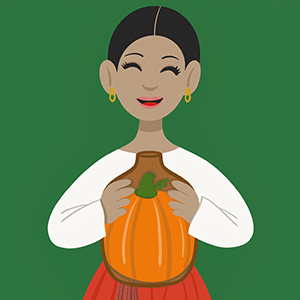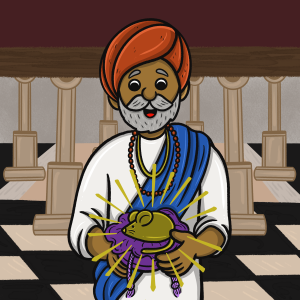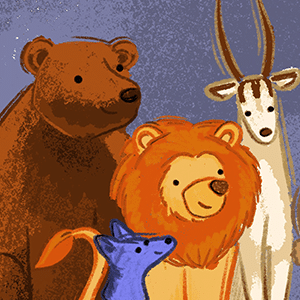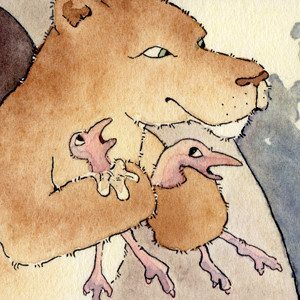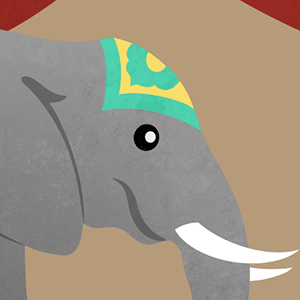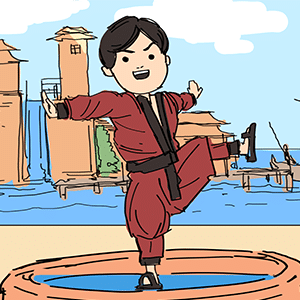
The Ant and The Dove
Two unlikely friends learn to count on each other.
On a warm summer day, a small black ant hurried along the edge of a bubbling brook. She was carrying a grain of rice ten times her size back to her colony – an impressive treasure for her colony. The ants had been working since sunrise, gathering food before the autumn winds arrived.
“The Queen will be so pleased with this find!” the ant thought with a smile.
“The Queen will be so pleased with this find!”
Just then, her foot slipped on a smooth pebble. Before she could regain her balance, she tumbled down the bank and fell with a tiny splash into the cold, rushing brook.
The current was fast. In moments, the brook whisked her away from shore.
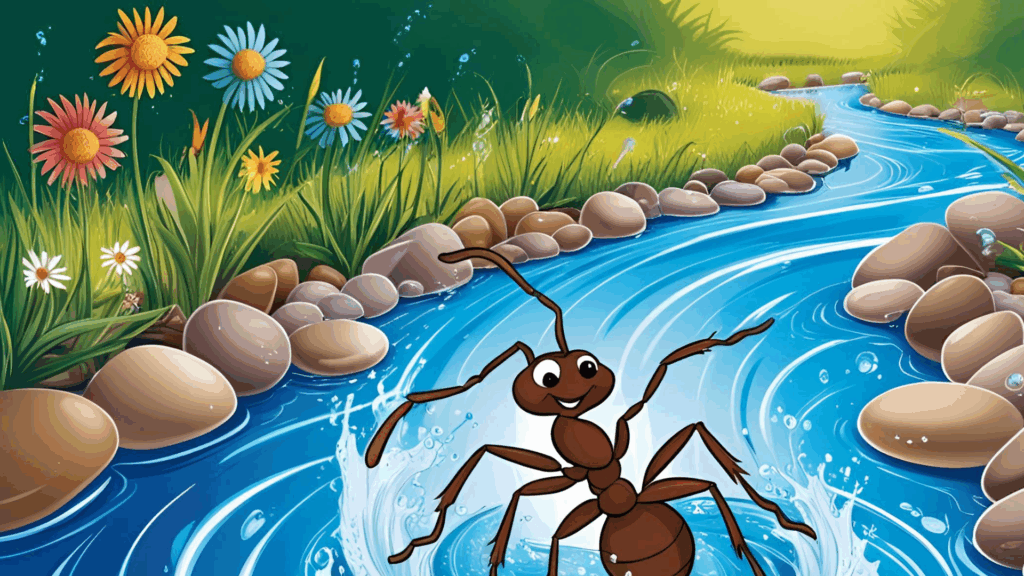
“Help!” cried the ant. But her voice was too small for anyone to hear.
The ant paddled frantically with her six legs, but every time she neared the bank, a new wave dragged her back to the center. Her legs were tiring fast. Her rice grain had long since washed away.
“I’ll never make it back to land!” she despaired. The ant flailed in the water, trying with all her strength to stay afloat. She knew she could not last much longer.
She knew she could not last much longer.
High above, perched on a branch of an almond tree, a white dove watched with growing concern. What could she do? The dove scanned the ground and she noticed a long, sturdy blade of grass. At once she swooped down, plucked it with her beak, and dropped it right beside the struggling ant.
“Grab on!” the dove cooed, not knowing if the ant could hear her above the rushing of the waters.
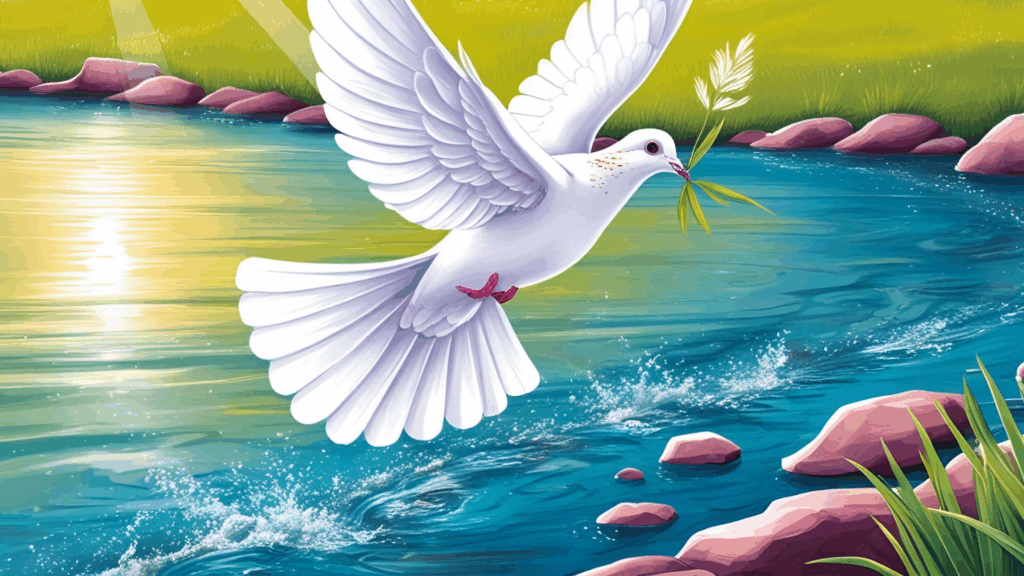
Yet the ant saw the blade of grass fall beside her like a lifeline. With her last bit of strength, she grasped it tightly with her front legs. Clinging to the grass, the ant held on for dear life as the brook’s current pushed the blade toward shore.
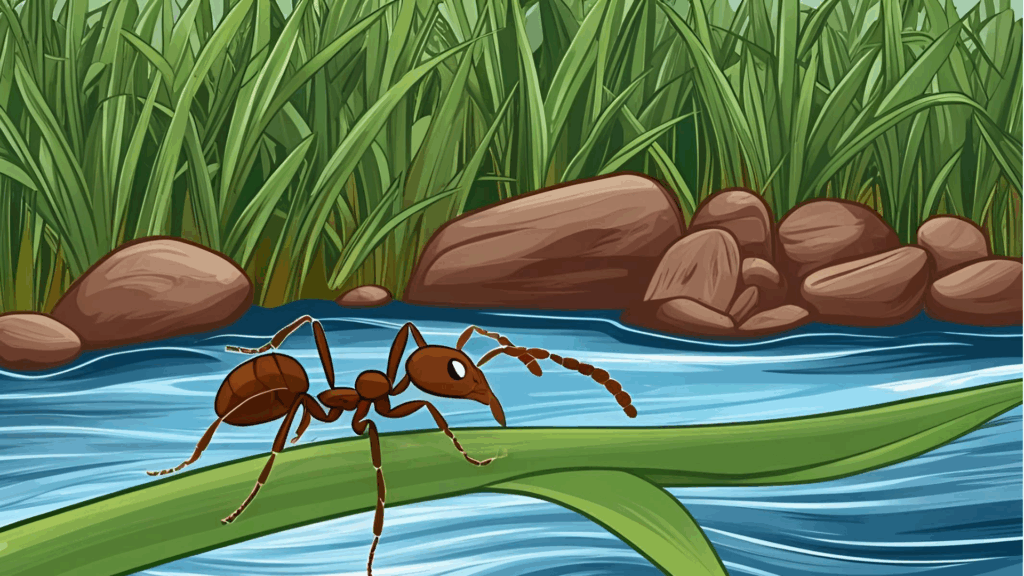
This time, as soon as the grass touched the bank and before the current reversed, the ant scrambled onto dry land. She shook the water from her antennae and looked up at the dove, who was already fluttering back into the trees.
Days passed. The days grew hotter under the summer sun. The ant, now back to her daily duties, often glanced up at the almond trees, hoping to catch a glimpse of her rescuer.
One afternoon as the ant carried a seed across a dusty path, she spotted the very same dove on a branch above, preening her wings.
…she spotted the very same dove on a branch above…
As she was wondering how she might catch the dove’s attention, she noticed something else. A boy was crouched behind a bush, slingshot in hand. The ant saw him load a smooth stone, all the while staring at the unsuspecting dove.
“No!” gasped the ant. She sprinted toward the boy with all the speed her tiny legs could manage. As the boy stood up and slowly pulled back the sling, the ant climbed up the side of his sandal – and bit down onto his bare ankle with all her might.
“Yow!” the boy cried out, dropping the slingshot as he stumbled back. The stone bounced harmlessly into the grass.
The stone bounced harmlessly into the grass.
Startled by the noise, the dove looked down, saw the commotion, and instantly took flight. She soared to a tree overhead, then launched into the open sky.
The boy rubbed his ankle, looking around in confusion for whatever had bitten him, but the ant had already disappeared into the grass. Once the ant was safe, she looked up and watched as the dove circled once overhead before disappearing toward a distant mountain. The dove would never know who had saved her life that day. Yet far below, hidden among the wild sage and clover, the ant watched her go with quiet pride.

Source:
Original version of the story titled “The Ant and the Dove” by Aesop, translated and republished by William Caxton (1484).
Adapted by World Stories Bank ©2025, all rights reserved.
Footnote:
Aesop’s Fables are a collection of short, animal-based stories from ancient Greece, credited to a slave named Aesop, that teach moral lessons. The fables feature characters that represent human traits, conveying wisdom on topics like honesty, greed, and perseverance through their actions. Some other famous examples include “The Tortoise and the Hare,” “The Boy Who Cried Wolf,” and “The Lion and the Mouse”.

